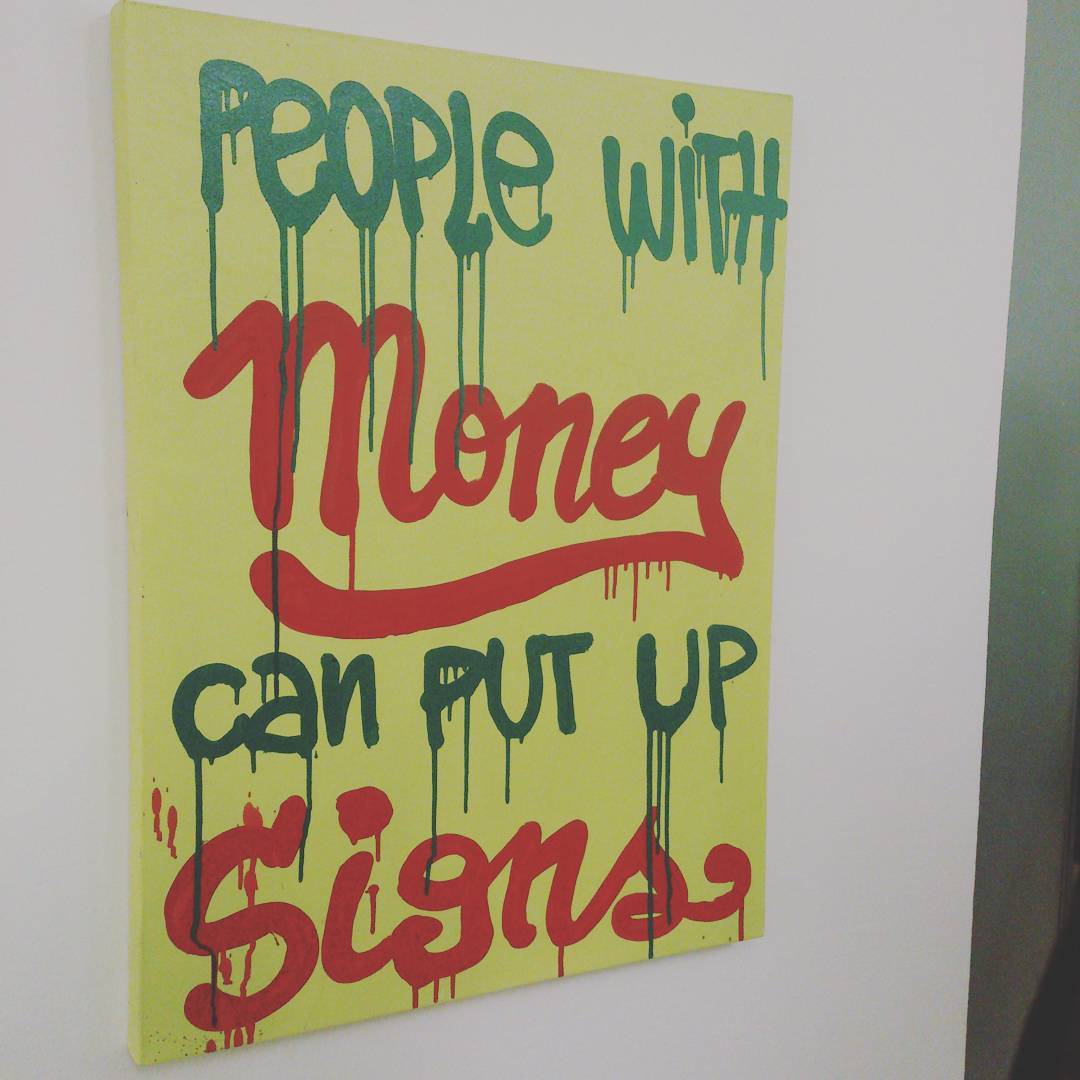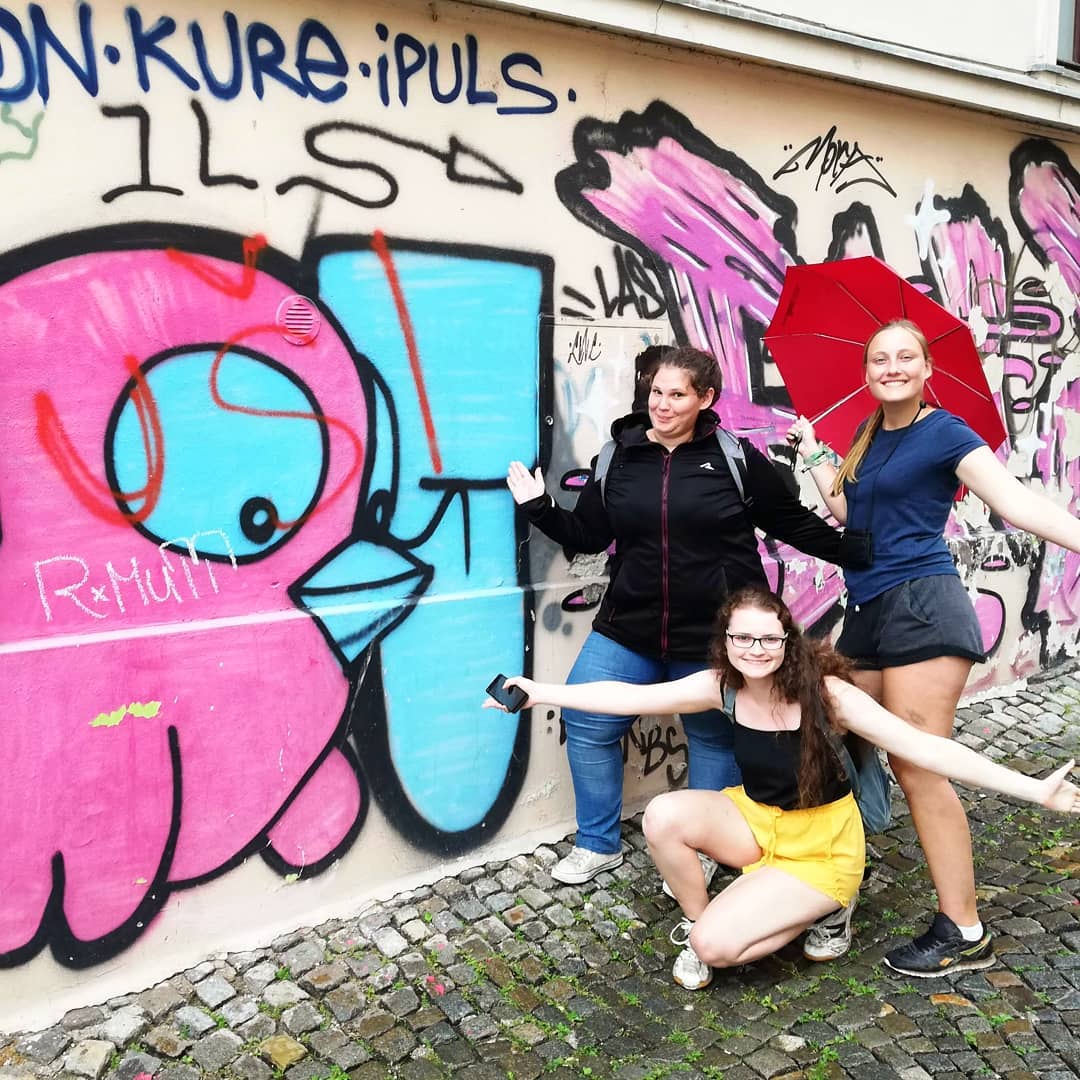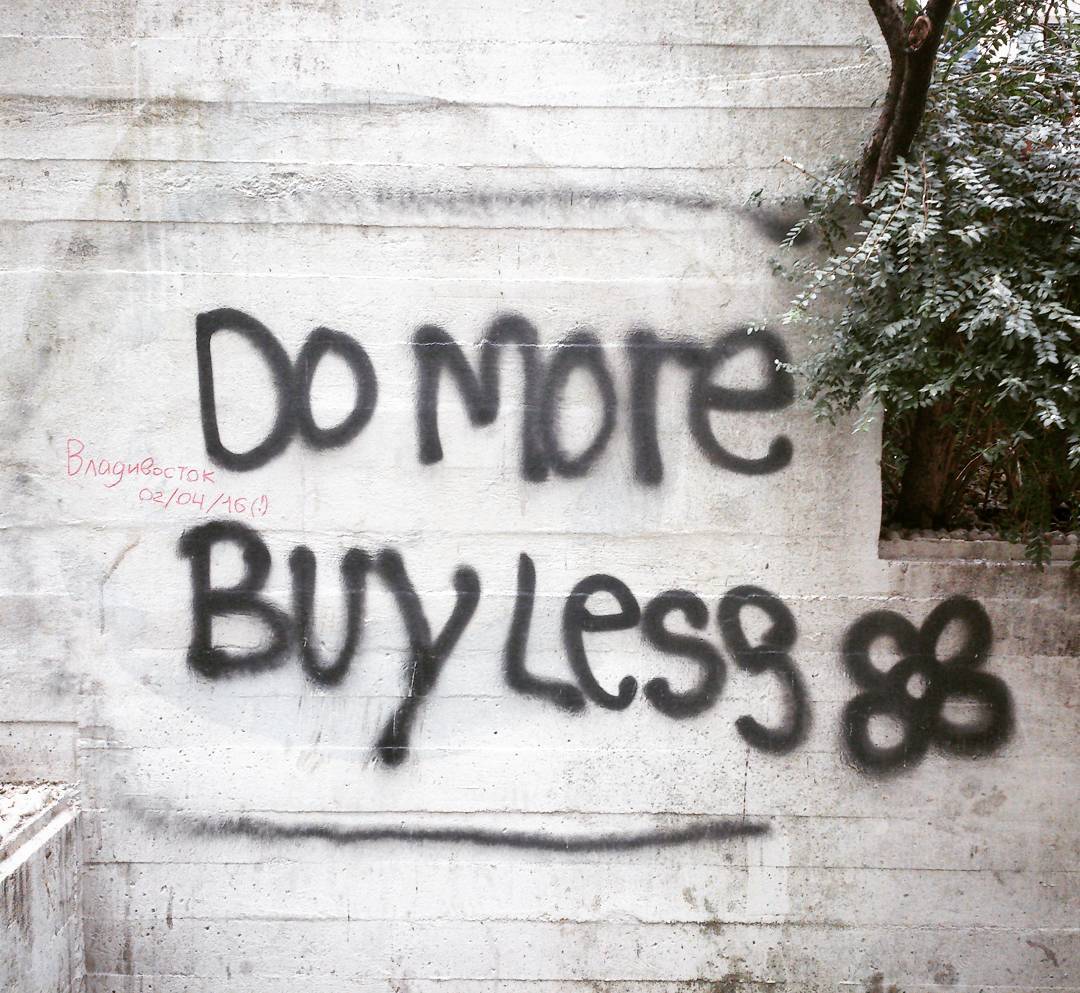August 11, 2018
I met Sandi at Reformator on Trubarjeva cesta to talk about Alternative Ljubljana and the tours they run of the city, thinking maybe it’d be a cool Meet the People feature, but he’s reluctant to present himself as the face of anything, insistent that the focus remain on the city he calls home and stories it contains, the lived and built environments of these few square kilometres that have seen thousands of years of people making their mark and being marked by the place.





The LGBT Tour, for example, goes back to Roman Emona; the Wicked History Tour looks at some of the more colourful aspects of the city’s history; while the graffiti tour, which Sandi often leads (and which passes by my window each day it runs), will note the use of street art and slogans as a form of resistance in World War II, as well as the latest signs of activity.





I ask Sandi if he has a favourite piece in town, but he doesn’t, preferring to see the whole place an evolving work of art and dialectic, a sprawling palimpsest with certain spaces that preserve the paint and stickers for longer, others where things are quickly covered up by the city, property owners, or other artists.





It’s perhaps here I should note that Alternative Ljubljana’s guides are not just hired hands given a script and set off on a well-trodden route. All of them are connected to the subcultures they explore and introduce, and generally combine this grassroots perspective with an academic interest and / or practical involvement in the focal topic. Sandi himself is working on a PhD, with his research part of a project that “aims at producing new understandings of the changes in people’s sensory environmental relationships in three European cities [Brighton, Ljubljana and Turku] during a particular period in history, 1950–2020”.





The result is a set of tours that vary with each guide, and go much deeper than the chocolate box Ljubljana you’ll see on some other trips. This isn’t to put down that side of the capital, which has it’s authentic charms even amidst the encroaching gentrification, just to note that there’s other levels to the city, other stories to be told, that haven’t yet been codified and are still a work in progress.





In short, Alternative Ljubljana is no gimmick, no “look at this, now look at that” touristic celebration of a sanitised present and past by people with no skin in the game, but instead a way for both short-term visitors and long-term residents to connect more deeply with the space and learn some of the stories they don’t tell at the (still very fine) City Museum (with its Ljubljana. History. City exhibition).





The tours currently on offer include the two-hour Free Graffiti Tour, starting at 17:00 each day (book here); a two-hour LGBT Tour that starts at 18:00, must be booked in advance and costs from €12 (details here); the 1.5-hour Wicked History Tour on a flexible schedule, from €12 and booked here. Alternative Ljubljana also offers a longer Street Art Tour By Bike, enabling you to cover more ground and travel like a local (see here), as well as custom and kid-friendly Graffiti Tours and Workshops (here).







